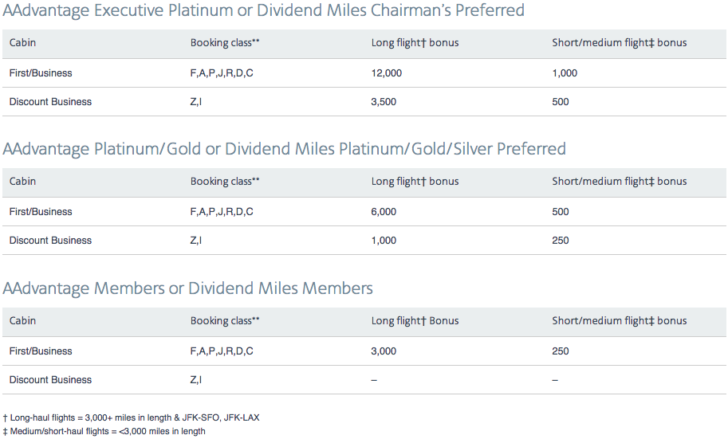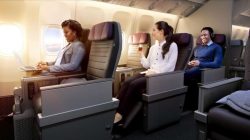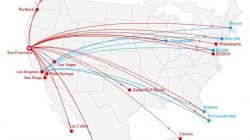They say that imitation is the sincerest form of flattery. No one imitates United Airlines, but it has been copying others.
Although United was quick to copy Delta’s shift to a revenue-based program, exactly matching the same mileage multipliers and elite qualification criteria, it slightly delayed the implementation of some changes. MileagePlus members will continue to earn award miles based on distance flown until March 1, 2015. At that time the system will switch over to award miles based on price paid. Any other bonuses, such as for specific fare classes, will go away. The new scheme is definitely simpler:
- General members will earn 5 miles per dollar
- Premier Silver members will earn 7 miles per dollar
- Premier Gold members will earn 7 miles per dollar
- Premier Platinum members will earn 9 miles per dollar
- Premier 1K members will earn 11 miles per dollar
You can earn an additional 2 miles per dollar by paying for your trip with a United Airlines co-branded credit card, but this was already a benefit, not a real change or improvement to MileagePlus. The numbers above are what matter, and they are the same changes that Delta already implemented on January 1.
American Airlines, the only one of the Big Three to stay with a distance-based program, felt that it was at a disadvantage with high-value customers who are most likely to buy expensive fares and benefit under these revenue changes by United and Delta. So as a temporary measure they decided to offer an extra class of bonuses for 2015 (and they may be extended in future years; we’ll see what happens to AAdvantage as the American-US Airways merger proceeds).
American’s customers will get base miles for the distance flown, an initial bonus of 25-100% for elite status, a second bonus of 25-50% for fare class (e.g., first class or full-fare economy), and a third bonus based on a combination of distance and fare class.
During these next few months, while United has a similar distance-based program with status and fare class bonuses, it is copying this third bonus structure exactly.
Talk about desperate. This is a bonus structure that will last for only two months, and only because there will be a delay before MileagePlus can copy a different airline’s award program.
That’s not to say this third tier of bonuses won’t be lucrative. United’s p.s. service and American’s A321T service are much more attractive when you consider all the extra miles you’ll earn — an extra 24,000 miles round-trip is almost enough for a free round-trip economy fare anywhere these airlines fly within the United States. Fly more than one and you could make serious progress toward an international first or business class award. This is a serious perk for travelers — especially top-tier travelers — who can afford to buy their own premium fares or fly on the company dime.
If you are considering a mileage run while these promotions are in effect, the math doesn’t work out as well. The bonus goes only as high as 3,500 miles per segment for discounted business class fares on long-haul and p.s./A321T service. If you’re smart, you’ll already be looking at longer itineraries that include a domestic transcon for the same or lower price, such as between Honolulu and San Juan. Even then the additional segments will earn up to 500 miles each because they fall under 3,000 miles. As a result, I won’t be benefiting despite my top-tier status (for the time being) in both programs.
Note: While I’ve had emails announcing these offers buried in my own inbox for a while now, Wandering Aramean did educate me on the novelty that these bonus offers are applicable to some partner-operated flights. They must still be sold with United or American/US Airways flight numbers. I still disagree with him on the motivation for American’s bonus offer. This offer may be temporary, but I don’t consider a full change to a revenue-based program to be inevitable after the merger is completed.







